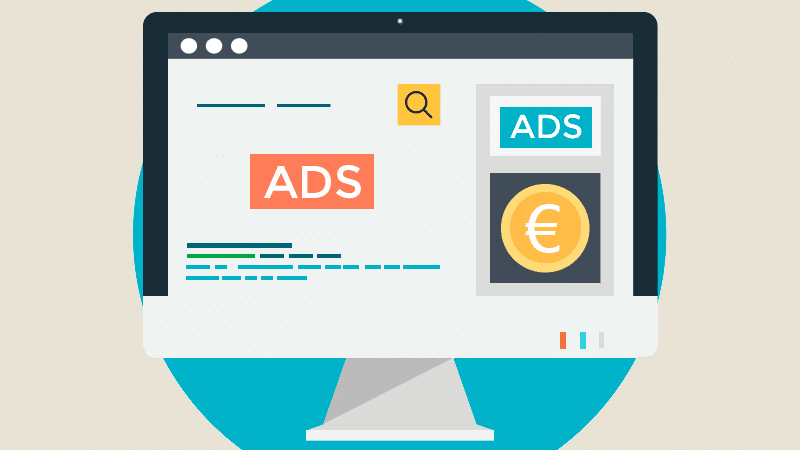Choosing the Best Webflow Plan for Your Needs

Introduction
Webflow is a feature-rich website builder that combines design flexibility with a robust content management system (CMS). It offers a range of pricing plans tailored to different users, from individuals and freelancers to businesses and enterprises. However, selecting the right Webflow plan can be confusing, as each comes with unique features and pricing structures.
Whether you need a simple website, an advanced CMS, or an ecommerce platform, Webflow has a plan for you. This article breaks down Webflow’s pricing structure, highlights the best plans for different use cases, and helps you choose the perfect plan based on your needs.
Understanding Webflow’s Pricing Structure
Webflow offers two primary categories of pricing plans:
1. Site Plans (For Hosting Websites with Custom Domains)
Site plans are ideal for individuals and businesses that want to host their website on Webflow. These plans allow you to connect a custom domain and come with varying levels of features, including CMS functionality and ecommerce support.
- Basic Plan – Best for simple websites without CMS features.
- CMS Plan – Ideal for blogs and content-driven websites.
- Business Plan – Designed for high-traffic websites with advanced features.
- Ecommerce Plans – For online stores and businesses selling products.
2. Workspace Plans (For Teams and Agencies)
Workspace plans are designed for teams, agencies, and freelancers managing multiple projects. These plans allow multiple team members to collaborate on Webflow projects.
- Free Plan – For individuals who want to experiment with Webflow.
- Core Plan – Ideal for small teams handling a few projects.
- Growth Plan – Best for agencies managing multiple clients.
- Enterprise Plan – For large companies needing advanced security and collaboration tools.
Best Webflow Plan Based on Your Needs
1. For Personal or Small Business Websites
- Recommended Plan: Basic Site Plan ($14/month)
- Why?
- Best for simple, static websites with no dynamic content.
- Perfect for personal portfolios, business landing pages, and small informational websites.
2. For Blogs and Content-Driven Websites
- Recommended Plan: CMS Site Plan ($23/month)
- Why?
- Includes a full CMS to manage blog posts, case studies, and other dynamic content.
- Suitable for bloggers, journalists, and content creators.
3. For High-Traffic Business Websites
- Recommended Plan: Business Site Plan ($39/month)
- Why?
- Provides higher bandwidth and better hosting for growing businesses.
- Best for companies needing advanced SEO features and faster site performance.
4. For Ecommerce Businesses
- Recommended Plan: Ecommerce Standard Plan ($29/month)
- Why?
- Allows businesses to sell products with built-in checkout functionality.
- Ideal for small to medium-sized online stores.
5. For Large Ecommerce Stores
- Recommended Plan: Ecommerce Plus or Advanced Plan ($74–$212/month)
- Why?
- Supports higher transaction volumes.
- Offers custom checkout experiences and abandoned cart recovery.
6. For Freelancers and Small Agencies
- Recommended Plan: Core Workspace Plan ($28/month)
- Why?
- Allows managing multiple client projects.
- Offers team collaboration tools.
7. For Large Agencies and Enterprises
- Recommended Plan: Growth or Enterprise Workspace Plan (Custom Pricing)
- Why?
- Provides advanced team collaboration and client billing tools.
- Ideal for agencies handling multiple client websites.
Factors to Consider When Choosing a Webflow Plan
When selecting a Webflow plan, keep these key factors in mind:
✅ Type of Website – Is it a portfolio, business site, blog, or ecommerce store?
✅ Budget – Webflow offers free, mid-range, and high-end plans.
✅ Scalability – If you expect growth, choose a plan that supports expansion.
✅ CMS and Ecommerce Needs – Some plans include CMS functionality, while others focus on ecommerce.
✅ Team Collaboration – Agencies and businesses should consider Workspace plans.
Pros and Cons of Webflow Plans
Pros
✔️ No coding required, but allows custom development for flexibility.
✔️ Built-in hosting with high performance and security.
✔️ Extensive CMS capabilities for dynamic websites.
✔️ Scalable pricing plans for businesses of all sizes.
✔️ Ecommerce integration for selling products online.
Cons
❌ Pricing is higher than some other website builders.
❌ Learning curve for beginners.
❌ Ecommerce features are limited compared to dedicated platforms like Shopify.
Conclusion
Choosing the best Webflow plan depends on your website’s purpose, budget, and growth potential. If you're a freelancer or small business owner, the Basic or CMS Plan offers affordability and essential features. If you're launching an online store, the Ecommerce Plans provide all the necessary tools for selling products. Agencies and enterprises should opt for Workspace and Enterprise Plans for better team collaboration and project management.
By understanding Webflow’s pricing and features, you can make an informed decision that aligns with your business goals and long-term growth.




